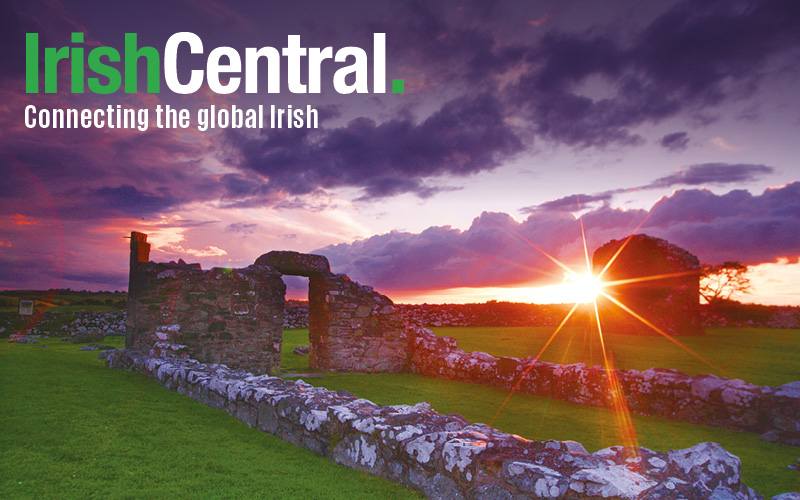When the annual move aimed at adding an extra hour of some kind of daylight to the sharply shortening and chilling evenings comes as it recently did, it is the surest sign of all that winter is a-coming fast.
The sharpest consequence of the time zone change is that we have to haul ourselves out of bed an hour earlier than before in order to get to work. That hurts a bit for the first few days.
Speaking about the changing seasons to a wise man in a Killaloe pub the other evening was interesting because he mentioned an element of the Irish winter which had slipped my mind altogether.
“Back in the past the old women out on the farms would be starting to write down the Winter Alphabet any day now!" he said.
It took me a little while to comprehend what he was saying. But I copped on quick enough.
Those many of you of the senior generations who were Irish born will remember the Winter Alphabet too even though it may have been called another name in your county. That was its title up in my childhood Ulster and, obviously from what the man said, in parts of Munster too.
Have any of ye any idea of what I'm talking about already? I bet some have.
It is also a comfort to me to pass on the news that I have not seen a single example of the Winter Alphabet for many years now and that, indeed, is a real sign of a different age, a different and greatly improved age of domestic comfort.
The Winter Alphabet was extremely common in rural Ireland for many years, normally from November onwards when the weather turned harsh and wild. In those times the heat sources in the farmhouses were normally the huge hearth fires in the kitchen area.
They were fed by turf (peat) and firewood, and they often were overhung by the classic iron cranes from which the cooking pots were suspended. The fires were huge, especially when the chilly weather came, and they never died.
Each morning the ashes would be raked away from the orange embers and more sods of turf heaped on top. Those fireplaces, both for heat and cooking, were the heart of the house.
I had one of them myself up to 18 months ago when we lived in Maisie's Cottage near Shannon. The fire in it would warm both your heart and your body.
In the older times families and visitors would gather around them in a circle in the evenings after the ritual Rosary had been recited. There was chaff and chat and craic and, quite often, music and dancing on the flag floors under the paraffin lamps. Inevitably the older folk would be in the inner circle nearest the heat and, it was during those winters, that the Winter Alphabet was inscribed on the legs and shins of the womenfolk who, back then, were not socially free to wear slacks or jeans. Always dresses or skirts.
And so their legs became mottled with what almost looked like a bruising pattern -- black and blue and greenish -- and that was the Winter Alphabet. And many of you now know that you saw it too when you were young.
The arrival of rural electricity schemes to the farms in the fifties and sixties effectively stole away a lot of the dominance of the big hearth fires. Better houses and the first radiators of the central heating systems of modernity eventually, and thankfully, meant that the Winter Alphabet disappeared from the shins of the sisterhood to the extent that I had forgotten all about it until the conversation in Killaloe the other night.
Just one last echo from that era. I was in an old house in Connemara 30 years ago which had such a hearth fire and crane. But it had more than that too. High up on the breast of the chimney there were two recesses which were reserved for hatching hens.
On the evening I was there by that fire both cubby holes were occupied by matronly red hens, their eyes as bright and warm as the flamelets on the hearth below. You don't easily forget images like that.




Comments